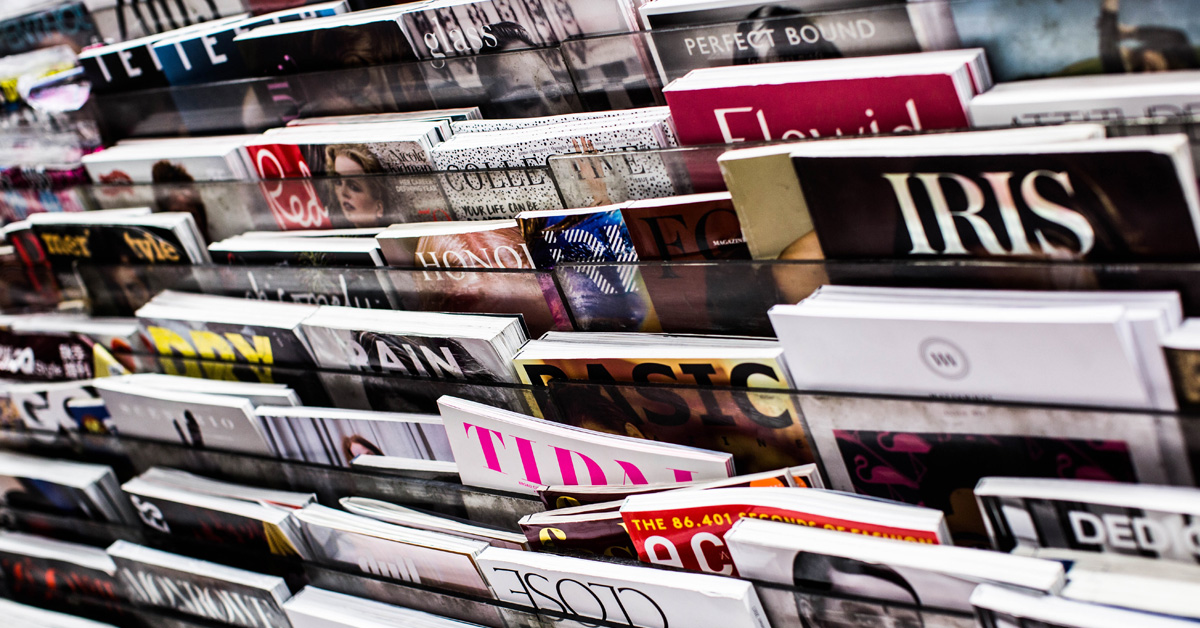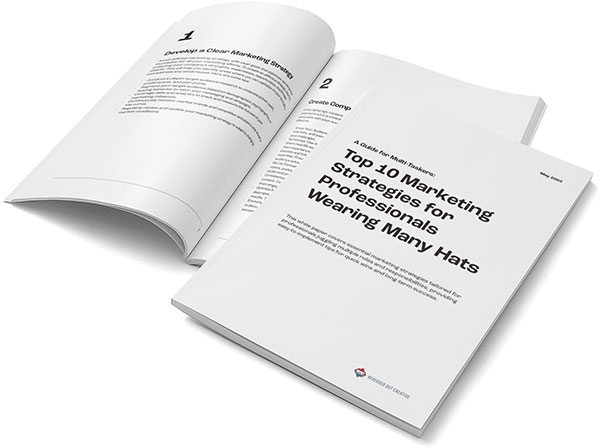
Print advertising is still an important part of your marketing strategy. Not only does print reach people where they live, work, and play, but it also connects with more customers than any other form of advertising.
Here are 6 reasons why printed marketing materials should continue to be a vital part of your overall strategy:
Print is comfortable.
Print is comfortable because it is familiar. You have seen print in your life for so long, it just feels like home to you. Think about it—you probably have a stack of magazines in your bathroom waiting for the next time you get a chance to read them. Or perhaps you have some business cards from an event or trade show that you will likely never use but they are too good not to keep forever. Print is comfortable because it makes us feel safe and secure like we are at home with our blankets and cats sleeping by our side.
Print is easy to read.
We don’t need glasses or light shining directly on the page like on a tablet or computer screen; instead, we can focus on content without having to strain our eyes trying to figure out what those tiny letters mean up there! Plus, when people see small fonts they immediately think “this must be important” rather than “this must be something I want nothing to do with.” It’s true! That’s why magazine covers usually feature large text captions along with smaller subheadings throughout their articles too.
Print also offers other advantages over digital media, such as being easier/cheaper/more cost-effective overall while providing more value over time. If you really think about it, electronic media tends to become outdated quickly without proper maintenance.
Print is tangible.
Print is a physical product that can be touched, held, and shared with others. Print has a physical presence that exists in the real world—not on your computer screen or in your phone’s digital vault.
Print is also more permanent than digital marketing. You may post something to Facebook and have it disappear into the abyss after 24 hours; print stays around for much longer because of its physical nature.
Print has been around since cavemen started drawing on walls with rocks, but today it still plays an important role in our lives because it represents our identity as consumers—and brands take advantage of this fact by incorporating themselves into our daily lives through print ads, newsletters, and other forms of printed communication.
Print is versatile.
You can use print for many different things, and it’s because of this versatility that print remains an important aspect of your marketing.
Print allows you to target audiences in a variety of ways. For example, flyers are great for reaching out to local customers or people who live nearby. Meanwhile, posters are ideal for getting attention from passersby and encouraging them to visit your store or website. Other types of print include business cards and magazine ads—and don’t forget about billboards! These offer a great deal of exposure on high-traffic roads throughout the city or town where they’re placed.
Whether you’re looking for general consumer advertising or B2B marketing (business-to-business), print has something to offer everyone involved in the process—which means that using this medium could lead you toward better results than other forms might provide.
Print is flexible.
Print is a versatile medium. It can be used in many different ways and is flexible in terms of its format, distribution, and usage.
Take the example of a business card:
- Use it as an effective networking tool at events, conferences, or trade shows.
- Give it out to clients to keep your brand top-of-mind when they need your services next time around.
- Leave it with someone who you think could become a key contact in your industry (such as another business owner).
Print is long-lasting.
As we mentioned, digital media can become quickly outdated as new content is uploaded and constantly changing, whereas print has staying power. It can be kept for years, decades, and even generations to come with proper storage. And it doesn’t need batteries or electricity either!
For example, printing your logo on a quality t-shirt or cap ensures that you are always remembered by your clients when they wear it out in public and spread the word about your brand. When you add images from social media onto printed products like mugs and mouse mats, it gives them an extra touch of personality that makes them stand out from all their competitors – after all, who would want to drink their tea or coffee out of a plain mug?!
Print connects with more customers.
Print is a tactile medium. It’s a real-world experience that allows customers to feel, touch, and interact with your brand in a way that digital can’t.
Print also connects with more customers than digital alone. You’re just not going to get the same response from having an ad on someone’s phone as you would from handing them something tangible like a business card or brochure.
Print has been proven time and time again to be more personal than any other form of marketing because it forces your customer to stop and pay attention at least for a second (if not longer). And what better way is there to get someone’s attention than by giving them something they want?
There’s still a place for print in your marketing strategy.
Print is not dead. There’s still a place for print in your marketing strategy. It’s not just about brochures, flyers, and magazines anymore though—we’re talking about banner ads, billboards, and other forms of outdoor advertising. The role that print plays has changed from traditional marketing communications to customer acquisition and retention through touchpoints like direct mail campaigns and newsletters.
Print can be a great way to reach out to general consumers with instant gratification (you get what you see). For B2B companies, it can serve as an enticing reminder of a brand or product offering while also providing useful information or data—especially when used in combination with digital channels like email marketing campaigns or websites where there is more space for complex messaging options than say a billboard might afford you!
Conclusion
So, what does this all mean for you?
Don’t think of print as a relic of the past. It is still an important aspect of your marketing strategy, and it will continue to be so for years to come. Print can reach more customers than ever before, especially when paired with other forms like email or social media. Plus, it offers a tangible connection that most digital ads lack! Just remember that while there are many advantages associated with printed material, they also require careful planning from start to finish—from choosing colors and fonts to choosing the type of paper stock and printing presses.
We know this process can seem intimidating at first, but don’t worry! Let us help guide you through every step so that your next project ends up looking great (and working hard). Feel free to contact us at Reversed Out Creative to get started!
Contact Us
At Reversed Out Creative, we understand the challenges and opportunities presented by AI disruption. Our team of experts specializes in web design, SEO, graphic design, and digital marketing services. Reach out to us through our contact form to learn more about navigating the evolving job market and embracing the potential of AI. Together, let’s shape a future that combines human ingenuity with the power of AI.
Next Article: Tips For Your One-Person Marketing Team
©2025 Reversed Out LLC. All rights reserved. Privacy Policy.


